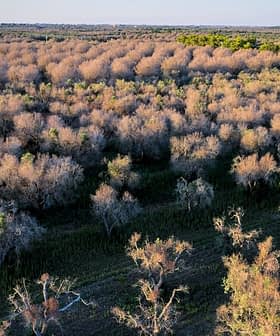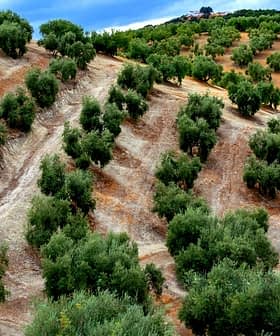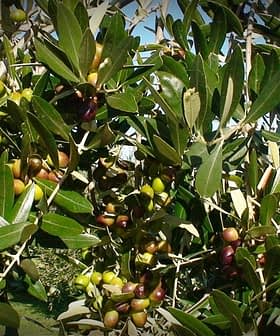Researchers at Cardiff University, Wales, have developed a novel coating designed to protect ancient limestone buildings from olive oil derived fatty acids.
The new preparation, which combines oleic acid with fluorinated substances, was developed in answer to the ongoing deterioration of buildings such as York Minster, one of the UK’s largest cathedrals.
Buildings such as York Minster have been around since 600AD and have suffered from a huge variety of pollutants, including sulphur dioxide and acid rain, leading to massive deterioration of the stone. This damage is not just a result of modern day pollution, it dates back to increased air pollutants in the industrial revolution.
Attempts to restore York Minster and other similar buildings to their former glory have in some cases been detrimental and in fact sped up the deterioration. However, the application of the new coating to stones from this particular cathedral have had good effect.
The new olive oil derived substance could be used to coat buildings such as York Minster and other limestone constructions and act to protect the structure from pollutants, while still allowing the stone to “breathe.” This discourages the build up of molds or salt on the surface, further adding to the protection as an excess of salt can lead to cracking of the stone over time. This behavior distinguishes the new coating from those used previously in restoration, which often blocked the micro-structures of the stone and ended up promoting mold and salt accumulation.
Limestone reacts chemically with sulphur dioxide and sulphate particles in the air, which leads to deterioration, but one coating of the new substance has been found to minimize this. When developing the coating, it was necessary for the team to use a hydrophobic or water repellent substance, in order to repel acid rain. Oleic acid is thought to be ideal for this as it contains a long hydrophobic structure that will repel water with the other end of the molecule reacting with the limestone selectively.
There was also the question of the affect on the appearance and color of the building to consider. Researchers had previously experimented with linseed oil on the stone of York Minster, but this was deemed unsuitable as it discolored the stone and made it darker.
After the success of the coating on York Minster, researchers have suggested that there is the possibility to protect many other ancient limestone buildings in the same way.








